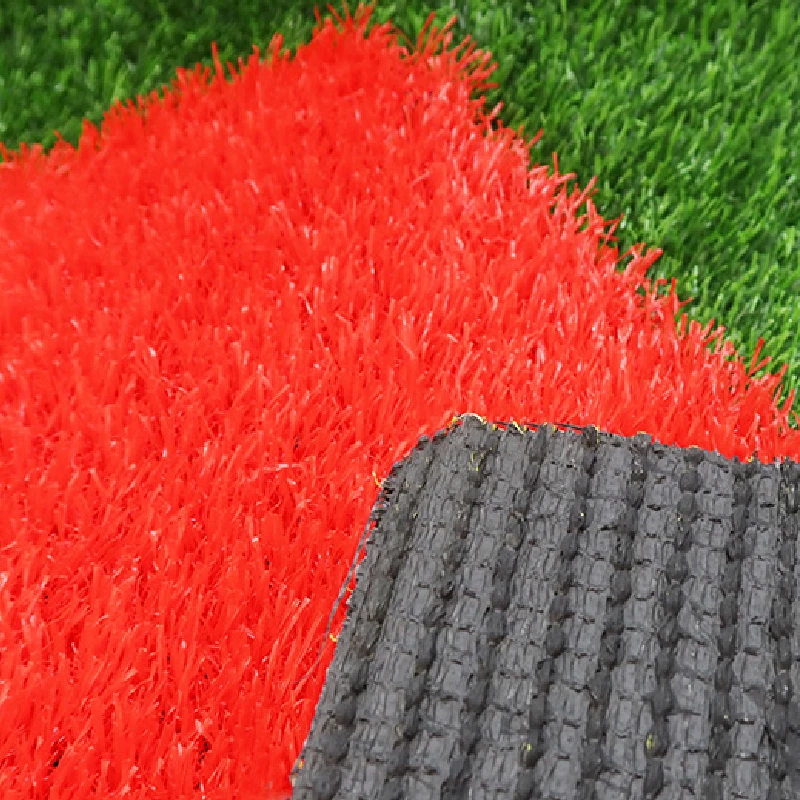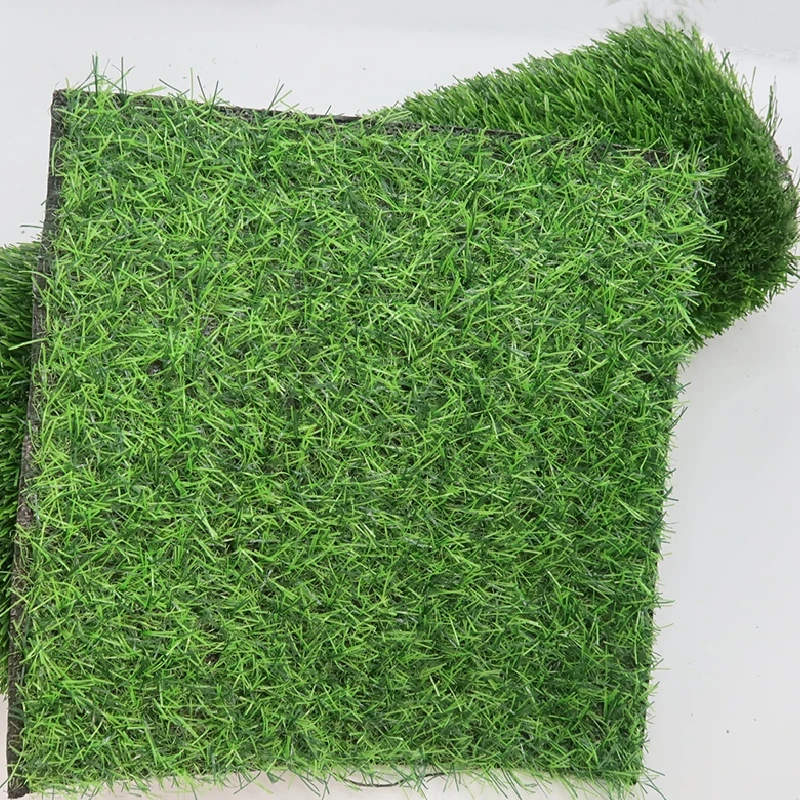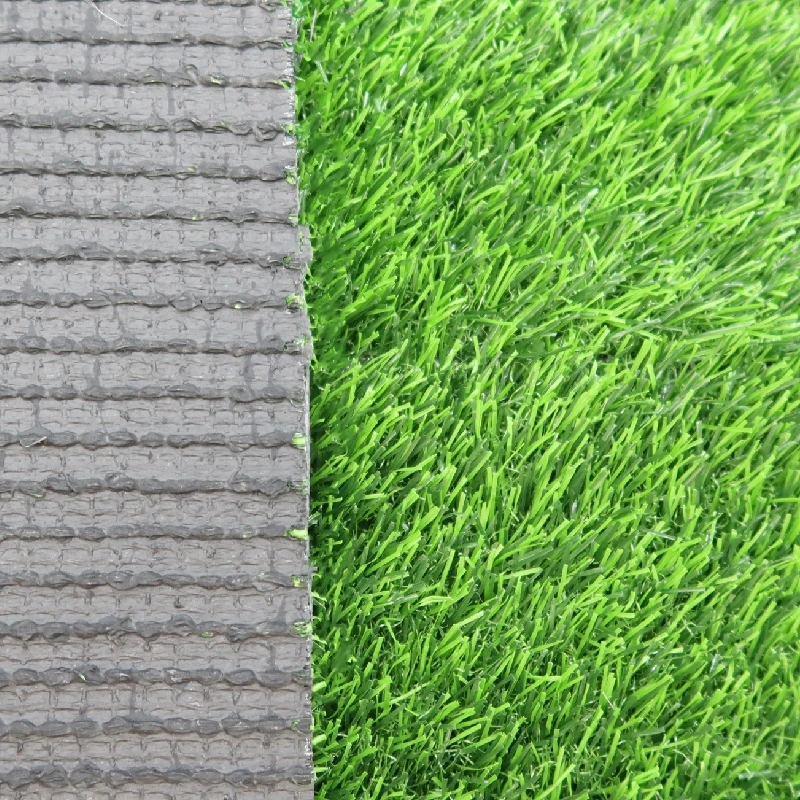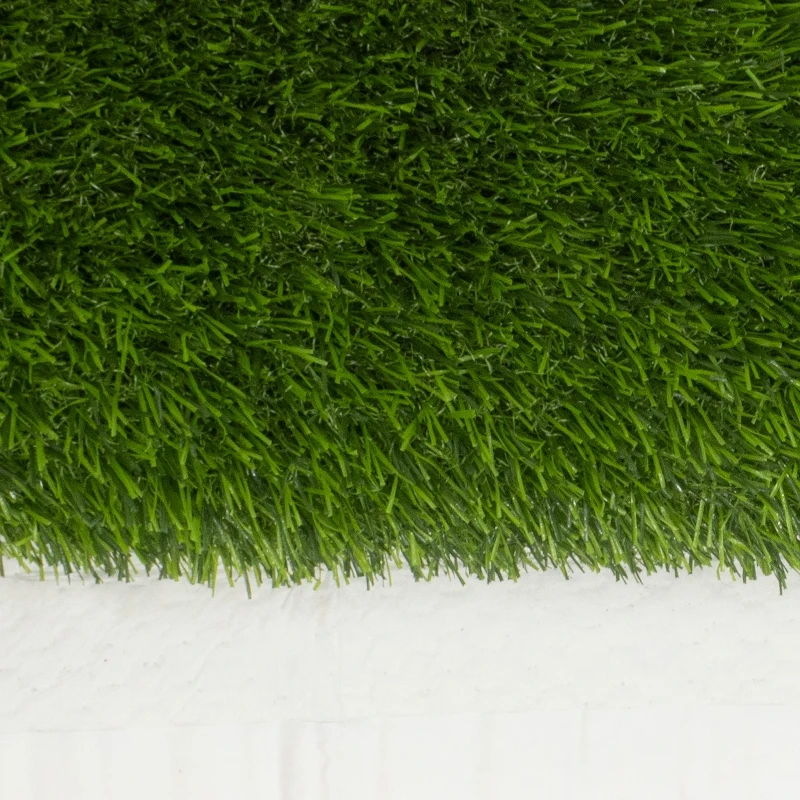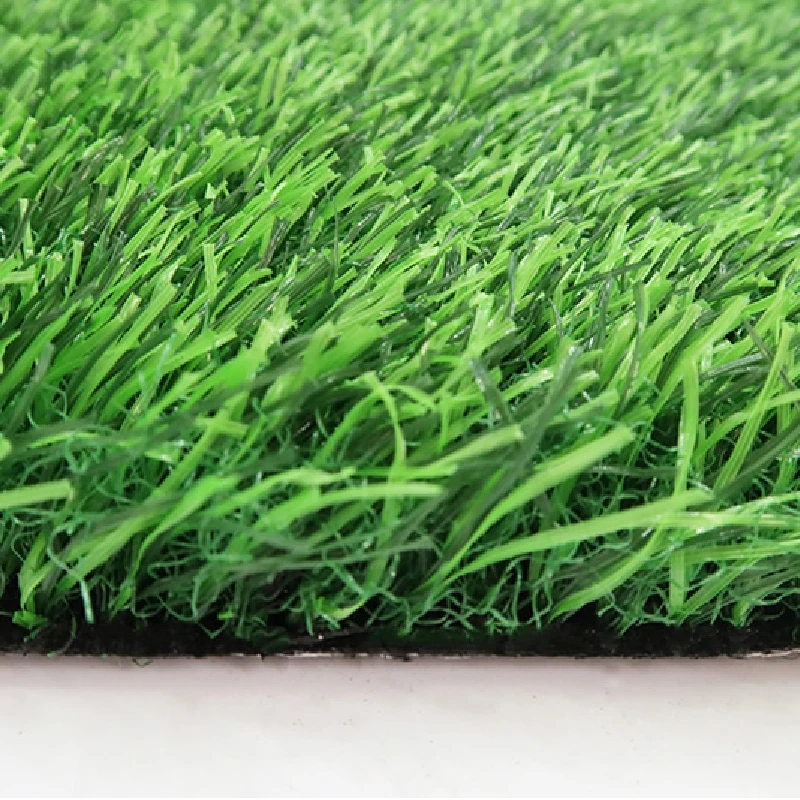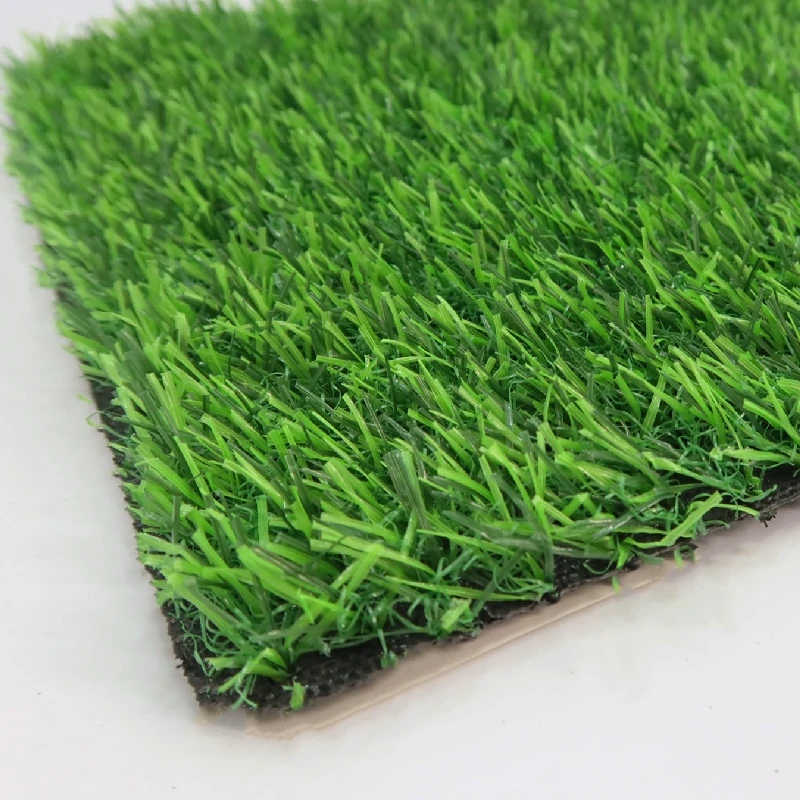Synthetic Grass Roll: Durable, Eco-Friendly Surface Solutions for Modern Needs
Nov . 18, 2025 13:30 Back to list
Understanding Synthetic Grass Roll: A Smart Solution in Modern Surfaces
When you hear the term synthetic grass roll, you might picture those bright, green carpets found at playgrounds or rooftop terraces. But this product is way more than decoration — it’s part of a global shift toward smarter, sustainable, and resilient surfaces that address challenges from urbanization to water scarcity.
The modern world faces some thorny problems, including shrinking green spaces, water restrictions, and increasing demand for versatile outdoor solutions. That’s why knowing about synthetic grass rolls — their benefits, applications, and how they fit into global eco-goals — is surprisingly important.
To put it simply: a synthetic grass roll is an artificial turf product that comes in large rolled sheets, designed to mimic natural grass without needing soil, mowing, or watering. It's an elegant fix for all sorts of setups where natural lawns just won’t cut it — from busy city parks to disaster relief camps.
Why Synthetic Grass Roll Matters Globally
Globally, more than 55% of the population lives in cities — a figure expected to grow (United Nations, 2023). Urban green spaces are shrinking fast, while water shortages worsen (FAO reports agricultural water use at 70% globally). Synthetic grass rolls help ease these issues by offering a green, lush look without the environmental water footprint of real grass.
In addition, industries and communities that can’t rely on conventional landscaping — think arid zones, industrial sites, or temporary relief camps — are increasingly turning to synthetic turf as a durable alternative. It’s a smart, resource-conscious answer that ticks multiple boxes from aesthetics to functionality.
Quick takeaway:
- Synthetic grass rolls help combat urban green space loss and water scarcity.
- They provide practical, eco-friendly surface solutions for a variety of industries and regions.
What Exactly Is a Synthetic Grass Roll?
Imagine a long sheet of artificial grass — that's your synthetic grass roll. Usually made from polyethylene or polypropylene fibers tufted into a backing mesh, these rolls come in widths and lengths designed for easy transport and installation. Unlike sod or seed, they don’t need a growing season, fertilizer, or irrigation.
Industries from sports to landscape architecture use synthetic grass rolls. In humanitarian work, temporary settlements or schools may quickly set up safe and clean outdoor spaces with it. This connection between natural look and artificial reliability makes the product a key part of modern surface solutions.
Core components include:
- Backing material: the mesh or fabric holding the blades together
- Grass fibers: synthetic strands designed to mimic real grass’s look and feel
- Infill: granules (sand, rubber) to support blade resilience and drainage
Key Factors When Choosing Synthetic Grass Roll
Durability
Synthetic grass rolls must handle weather extremes, foot traffic, and abrasion. Many products come UV-treated to resist fading, which is crucial in sunny climates.
Water Drainage
Good drainage prevents puddling and mold growth. Roll designs often include permeable backing to allow rainwater to pass through quickly.
Installation Flexibility
Depending on the base — concrete, soil, or wood — synthetic grass rolls offer flexible installation options for both permanent and temporary surfaces.
Environmental Impact
Although made of plastics, newer products often incorporate recycled materials or are recyclable themselves, aligning with growing sustainability expectations.
Aesthetics & Comfort
Manufacturers focus on texture and color blending so synthetic grass not only looks real but feels pleasant to walk or play on.
Cost Efficiency
Natural grass requires ongoing costs for watering, fertilizing, and mowing. Synthetic grass rolls involve upfront installation but save money and water in the long run.
Mini takeaway:
- Durability and drainage are deal-breakers for lasting success.
- Eco-conscious materials and look-and-feel matter more today than ever.
Where Synthetic Grass Rolls Are Making a Difference
Syn grass isn’t just for fancy backyards. Its practical uses are broad:
- Urban Landscaping: Rooftop gardens and urban plazas use synthetic grass rolls to add green without soil weight or water needs.
- Sports Fields: Soccer pitches and playgrounds benefit from consistent surface quality and minimal maintenance.
- Industrial Zones: Harsh environments where real grass would struggle.
- Temporary Relief Operations: NGOs use synthetic grass rolls in refugee camps to create cleaner play or community areas quickly.
- Events and Exhibitions: Easy to install and remove, adding instant greenery.
For example, in parts of North Africa, drought conditions made maintaining grass nearly impossible — now synthetic grass roll installations are revitalizing community parks and schoolyards.
Synthetic Grass Roll Specifications (Sample Product)
| Specification | Details |
|---|---|
| Material | Polyethylene fibers with polypropylene backing |
| Roll Width | 4 meters |
| Roll Length | 25 meters (customizable) |
| Pile Height | 25 millimeters |
| Infill | Silica sand (optional), rubber granules |
| UV Resistance | Yes, over 5 years guarantee |
| Drainage Rate | >40 liters per minute per square meter |
Comparing Synthetic Grass Roll Suppliers
| Supplier | Key Features | Price Range (per m²) | Lead Time |
|---|---|---|---|
| EcoTurf Ltd. | Recycled fibers, high UV resistance | $12 – $18 | 2 weeks |
| GreenMat Inc. | Soft feel, superior drainage | $15 – $22 | 1 week |
| UrbanGrass Co. | Budget-friendly, 3-year warranty | $9 – $13 | 3 weeks |
Long-Term Benefits of Synthetic Grass Rolls
Cost savings over time is the obvious win: no watering bills, no lawnmower repairs, no fertilizers. But the impact goes deeper:
- Sustainability: Less water and chemical use means fewer environmental burdens.
- Safety & Hygiene: Synthetic surfaces drain well and don’t harbor mud or insects—things parents and schools appreciate.
- Innovation: Continuous product advances mean longer-lasting, more realistic turf.
- Social Impact: In post-disaster zones, having a durable green space can restore a sense of normalcy and dignity.
Lots of engineers and designers I've talked to say synthetic grass rolls feel like a “practical green revolution.” It’s a tidy blend of tech and nature’s essence, without the headaches.
Looking Ahead: The Future of Synthetic Grass Rolls
Innovation isn’t slowing. Imagine turf made with bio-based polymers, or embedded sensors monitoring surface wear or heat levels. Integrated IoT systems might soon alert maintenance teams or adjust irrigation systems automatically.
There’s also a push toward full circularity — recycling turf into new rolls rather than landfill-bound scraps. As sustainability policy tightens worldwide, manufacturers are racing to stay ahead.
Facing Challenges: What Holds Synthetic Grass Rolls Back?
Here’s the honest bit: synthetic turf isn't perfect. Initial installation costs can be a barrier; not all products age equally well, sometimes turning oddly shiny or stiff. Heat retention is another challenge — artificial grass can get hot under direct sun.
Innovative drainage solutions, reflective fiber technologies, and partial blends with natural fibers are some ways the industry is tackling these issues. Installation techniques that allow for airflow beneath turf also help. So while it’s a great option, it really pays to ask for expert advice before committing.
FAQ — Your Common Questions About Synthetic Grass Rolls
Q1: How long does a synthetic grass roll typically last?Generally, synthetic grass rolls have a lifespan between 8 to 15 years, depending on material quality, usage intensity, and climate. UV resistant products last longer, but heavy foot traffic or harsh weather can shorten that. Proper installation and maintenance extend life as well.
Q2: Is it safe for children and pets?
Yes. Most synthetic grass rolls use non-toxic materials and are tested for safety. However, it’s wise to check if any infill materials, like rubber granules, meet health regulations especially for young kids.
Q3: Can I install synthetic grass roll over existing concrete?
Absolutely. One benefit is installation versatility — a flat surface like concrete or wood can be directly covered with synthetic turf, often using adhesive or interlocking systems.
Q4: Does synthetic grass roll improve water conservation?
Definitely. Since it requires no watering, synthetic grass reduces outdoor water consumption dramatically. This is crucial in drought-prone areas.
Wrapping It Up: Why Synthetic Grass Rolls Are Here to Stay
As cities grow, water challenges mount, and lifestyles shift, the synthetic grass roll emerges as a smart surface solution. It blends the green appeal we crave with practical benefits: durability, cost efficiency, and environmental sense.
If you’re looking to upgrade a sports field, beautify urban spaces, or create temporary safe zones with minimum fuss, these rolls tick all the boxes. Want to learn more or find trusted synthetic grass roll suppliers? Visit our website for options, FAQs, and expert advice.
Final thought:
Sometimes, the best innovations come from rethinking something as simple as grass. Who’d have thought?
References:
- United Nations, World Urbanization Prospects, 2023.
- FAO, Water Use in Agriculture, 2022.
- ISO 9001 Standards on Synthetic Turf Materials.
-
Durable, Eco-Friendly Turf for Balcony | Enhance Your Urban Space
NewsNov.24,2025
-
Turf Between Pavers: Sustainable Green Paving Solutions for Modern Urban Spaces
NewsNov.24,2025
-
Discover the Benefits of Turf and Pavers Backyard | Sustainable Outdoor Design
NewsNov.24,2025
-
Top Quality Artificial Grass – Sustainable, Durable, and Stylish Turf Solutions
NewsNov.24,2025
-
Durable and Eco-Friendly Thick Artificial Grass Solutions | Hoya Grass
NewsNov.24,2025
-
Synthetic Turf: Sustainable Green Solutions for Sports, Industry & Urban Living
NewsNov.24,2025
Products categories



